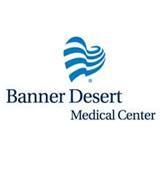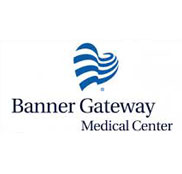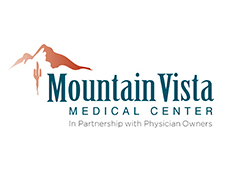Advanced Stress Testing
Advanced cardiac stress testing is a non-invasive diagnostic procedure that utilizes Positron Emission Tomography/Computerized Axial Tomography (PET/CT) to provide detailed images of the coronary arteries at rest as well as under stress through increased blood flow induced by a medication. It determines the ability of the heart to respond to stress and evaluates the adequacy of blood supply to the heart. Advanced stress testing is more sensitive than the traditional stress test such as the treadmill stress test or Single-photon emission computed tomography (SPECT).
Advantages over Other Cardiac Tests
The advantages of advanced cardiac stress testing over other traditional cardiac testing procedures are as follows:
- It is a non-invasive procedure.
- It provides highly sensitive images, superior to other tests.
- The imaging results are so clear that in some cases cardiac catheterization may not be required.
- It is particularly valuable in obese patients and patient with large breasts, as images are not affected by excessive body mass.
- Provides better quality images even in diabetic patients, where numerous small auxiliary vessels compensate for larger partially blocked arteries.
- It is also valuable in diagnosing balanced three vessel disease where three out of the four major coronary arteries are significantly blocked and may not be easily detected through traditional cardiac imaging.
- Exposure to radiation is less as the half-life of the tracer is only 75 seconds. This provides an additional advantage as imaging of heart, under rest and under medication induced stress, can be performed one after the other in a single visit and takes about an hour.
- It can be scheduled and performed on the same day. The tracer element is generated at the investigation site. This is particularly helpful for patients seeking cardiac clearance for an unexpected or emergency surgery.
- It does not require walking on a treadmill, which is particularly helpful in obese patients and those with a limited ability to walk on the treadmill.
How is it done?
Advanced cardiac stress test involves intravenous administration of a tracer to visualize the heart with a PET camera. The patient is placed on the table of the PET scanner. Advanced cardiac stress test has two parts:
CTA (where A stands for angiography): In this test, images of the heart are taken after administration of the tracer, while the patient is at rest. These images of the heart are considered resting images. It reveals the location of arterial blockade.
CTP (where P stands for perfusion): In this test a vasodilator is administered intravenously over a period of few seconds which dilates the blood vessels and increases the blood flow through the coronary arteries. A second dose of tracer is administered and the images of the heart are obtained. These images are considered stress images.
Electrocardiogram and blood pressure are carefully monitored during the test. The results of the test are interpreted by a cardiologist and provided to the patient after a few days of the test.











